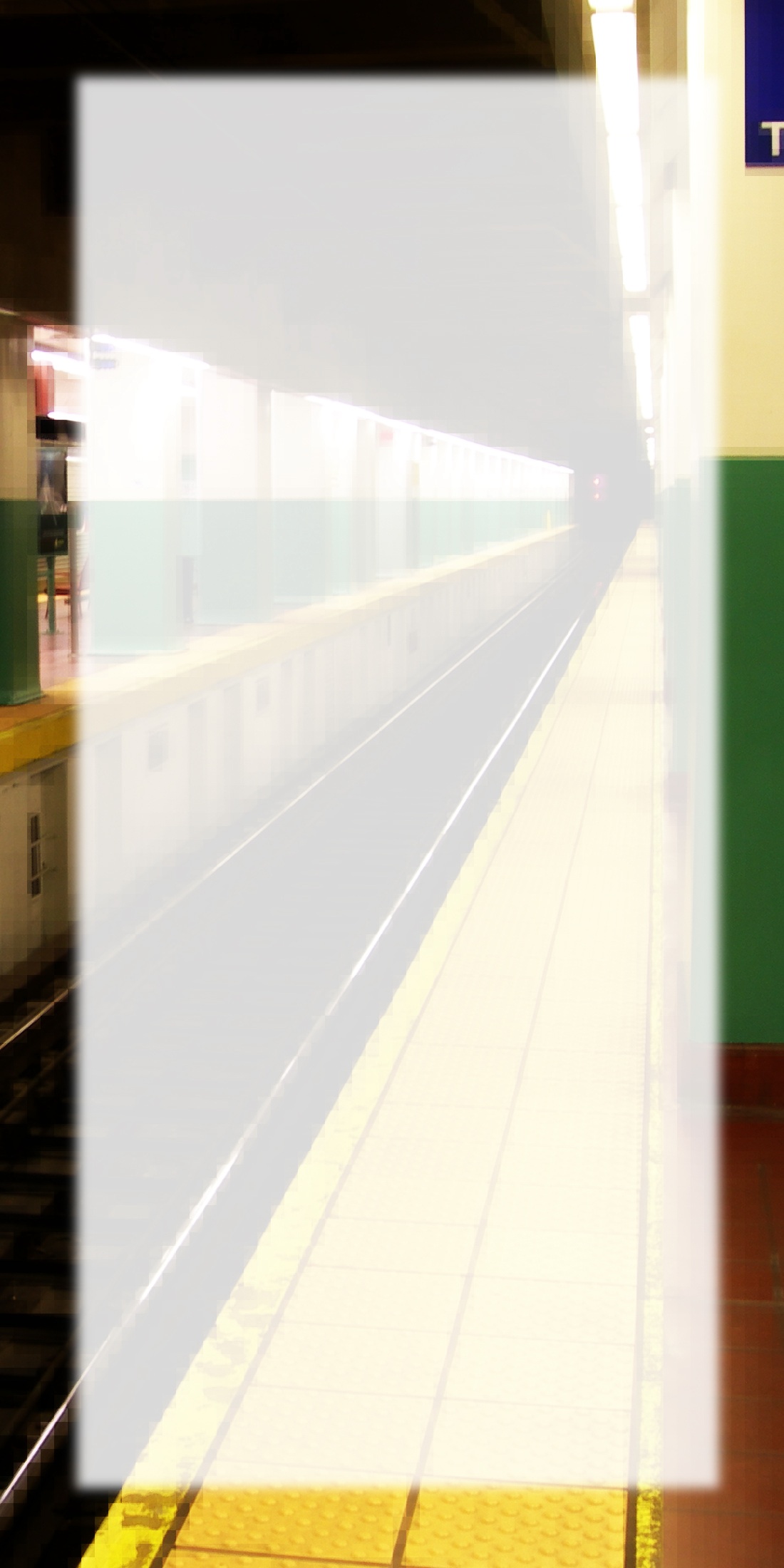Not that Vermeer has ever seemed simple to his many admirers, although it is fascinating to discover that he was not a celebrated painter much beyond his own life-time, at least until the later nineteenth century. Then the effects of light and color that were increasingly evoked by the generation of Impressionist painters reawakened sensi-tivity to the achievement of Vermeer. A series of essays championing his relatively rare works was written by a prominent art critic in Paris, Gustave Thoré, and eventually the celebration of Dutch painting was taken up by a variety of artists, as evidenced by the survey, Masters of Past Time (1882) by painter Eugene Fromentin. By the end of the nineteenth century, Vermeer’s canonical status, as the other great Dutch old master besides Rembrandt, was assured.
So Vermeer was admired, but should he now be disrespected, if we have dis-covered that he might well have used optical devices in his art? Is he a mere transcriber? Here the defenses come forward from the scholarly community, just as in the case of the apologias for photography. Arthur Wheelock, in particular, an academic but also a cura-tor at the National Gallery (and organizer of the great exhibition there in 1995) has used technical studies from the conservation lab to underscore the working method and the manual artistry of Vermeer. He claims that underlying these apparent likenesses of reality in Vermeer paintings is a complex process, which involves changes only visible in x-ray inspections, often to contours or subtleties of compositional placement. Moreover, one of the things for which Vermeer has always been admired is his delicacy of color har-monies and his exquisite pictorial compositions, particularly of his single-figure females in their domestic settings.
Closer inspection of the surfaces of Vermeer canvases reveals qualities that have always been noted by observers going back to the late nineteenth century. Some of his images are noticeably unfocused, especially when compared to either the brushless refinement of Vermeer’s Dutch contemporaries (e.g. Terborch, also the subject of a recent exhibition at the National Gallery), not to mention sharp-focus photographs (though it is equally evident that photographs need not always be in sharp focus, and intentional modifications of this stereotype is one of the measures of artistry in photos). Wheelock notes that bright lights in particular, the bread-and-butter of Vermeer effects, especially in reflections off shiny surfaces often result in diffuse highlights, halations, resembling a halo. Whether or not the artist exploited this observed effect by means of his use of a camera obscura, he still had to be able to simulate it in paint. Observation does not readily translate directly into pictorial effects without the intervention of a talented, trained hand.
Moreover, something that only a few scholars have underscored about Vermeer defies the claim of his naturalism and transcriptions of reality. Quite the contrary, the artist often delights in skating on thin ice, by using brushwork and pigment that calls attention to itself even as it contributes to a larger illusion. For example, some of the so-called early works feature dotlike blobs of paint that are often characterized as if they were part of the late-nineteenth-century pointillist technique. In other works the pigment is so liquid in effect, whether rendering the marble of the floor tiles or the threads of lace, that it threatens to undermine the illusion that is so often taken to be the overall purpose of Vermeer’s art and of Dutch art in general. This is the source of some of the remarkable fascination that Vermeer holds for a modern viewer: like the Impressionists, he makes demands on the viewer to pull the paint surface into coherence and illusion, what Ernst Gombrich once called “the beholder’s share” in his seminal discussion of Art and Illusion.
So one does not have to be a Vermeer defender to refute the charge that the painter is merely transcribing a pre-existing reality, some prototype photography set-up in the manner that Steadman claims. If he did make use of a camera obscura—for methodical purposes only—then he fashioned from whatever he saw, aided or unaided, into pure artistry. Many Vermeer pictures seem poised either in serene stillness (Woman in Blue Reading a Letter; Woman Balancing a Scale, both allegedly pregnant) or else poised at a critical transitional moment in a continuously unfolding interaction between multiple figures, especially between a mistress and her maidservant, or else between a maiden and a suitor. The ultimate image of a momentary pause—and the most frankly interactive of all Vermeer images—is the justly celebrated Girl with a Pearl Earring (The Hague, Mauritshuis).
